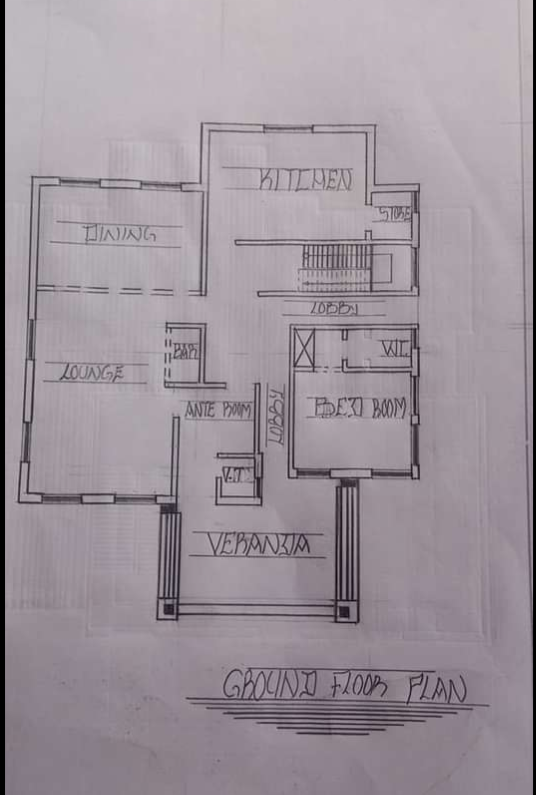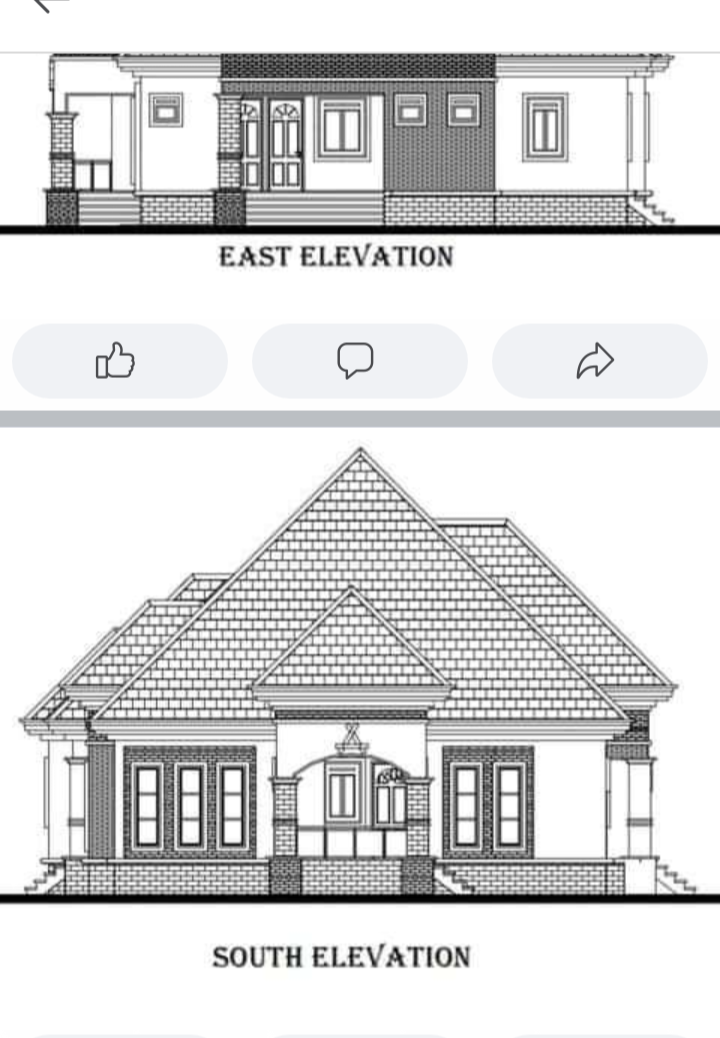
The blend of creativity and technical precision has always been at the heart of all great innovations. As one who has actually designed and built houses for customers, I can confidently say that's why the course of architecture is such a fascinating choice for everyone who is excited about the technology of building. Although no longer in active practice, I would choose this course again and again.
Architecture isn't just about creating beautiful buildings or designing awesome 3D models. It's also about the way spaces impact human experiences and how technology can enhance these interactions. When you study architecture within the building technology school, you're essentially learning both form and function. My past architecture projects hammered this fact home, every design decision impacts how individuals live and interact with their spaces.

Think about the buildings you use every day. Someone had to envision not just how they would look, but how they would work. What I've learned through designing homes is that the ventilation systems that are making you feel comfortable, the structural systems that are keeping you safe, and the spatial organization that is making your use efficient - these all come about through architectural expertise combined with technological expertise.
The beauty of architectural study in building technology is its versatility. You learn to think like both an artist and an engineer. One day you are doing concept sketches and the next day you are getting into the nuts and bolts of building information modeling (BIM) software or detailing sustainable building practices. This twin nature of the discipline has held me in good stead even outside active architectural practice.
Modern architecture has evolved far from traditional blueprints and scale models. Modern architecture research now welcomes the newest technologies like virtual reality to visualize a design, artificial intelligence to optimize space, and new material science for sustainable and green construction. This technology-based approach opens up potential in innovations in smart buildings, green architecture, and urban planning.
The things you learn are so relevant to the market right now. Going through the design and building of houses, I've gained the ability to think creatively about complex problems, present visual ideas effectively, and understand the intricacies of construction. These are fundamental skills no matter if you end up designing the next amazing buildings, developing construction technologies, or managing big projects.
What makes architecture even more fascinating in the building technology field is the way it can help achieve sustainability. You learn to create buildings that not only please aesthetically but also have minimal environmental impact through efficient energy use, renewable materials, and smart systems integration. To see the clients enjoy and thrive from wisely designed, sustainable spaces throughout my practicing years was truly rewarding.
The practical aspect of architectural education is equally interesting. You receive hands-on experience with industry-standard software, learn building codes and regulations, and study construction methods. This technical knowledge, combined with creative design skills, sets you up to excel in any building tech role - something I've found applies even outside traditional architectural practice.

The field also offers endless opportunities for specialization. You may specialize in computer-aided design, green architecture, or smart building systems. Every specialization opens up new career paths and opportunities to make a positive impact on the way we live and build.
With each new development in building technology and new tools, the architecture fundamentals do not change but adapt to new frontiers. You're not only learning how buildings are built today, you're learning to appreciate the building of tomorrow's world.
In short, a building technology architecture career is not just a career path, it's a future defining opportunity to make a mark on the built world. Though no longer a practicing architect today, the education and sensitivity gained in architectural study continue to influence my problem-solving and creative thinking. It's half art and half technological ingenuity, a career that is both professionally and personally satisfying.
The skills gained are transferable, highly valued, and instrumental to the future building and city development. If you have a passion for both technology and design, this path gives you the best of both worlds and takes you to a career where you can actually make an impact on how people work, live, and interact with their built environment.
Posted Using INLEO